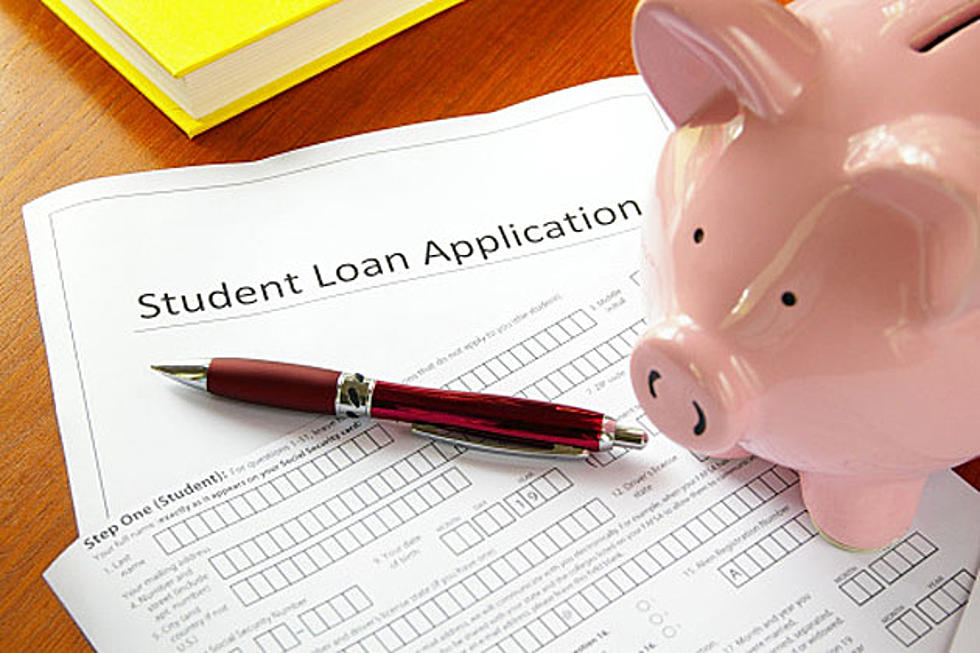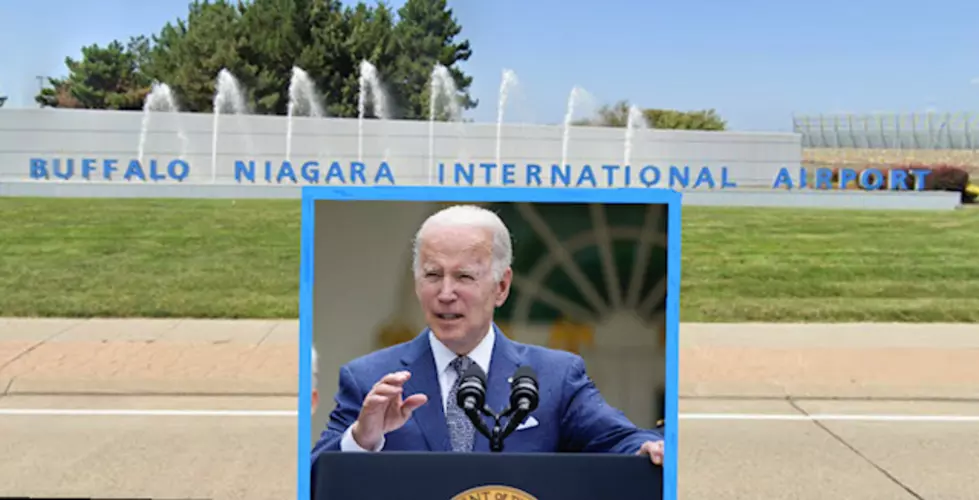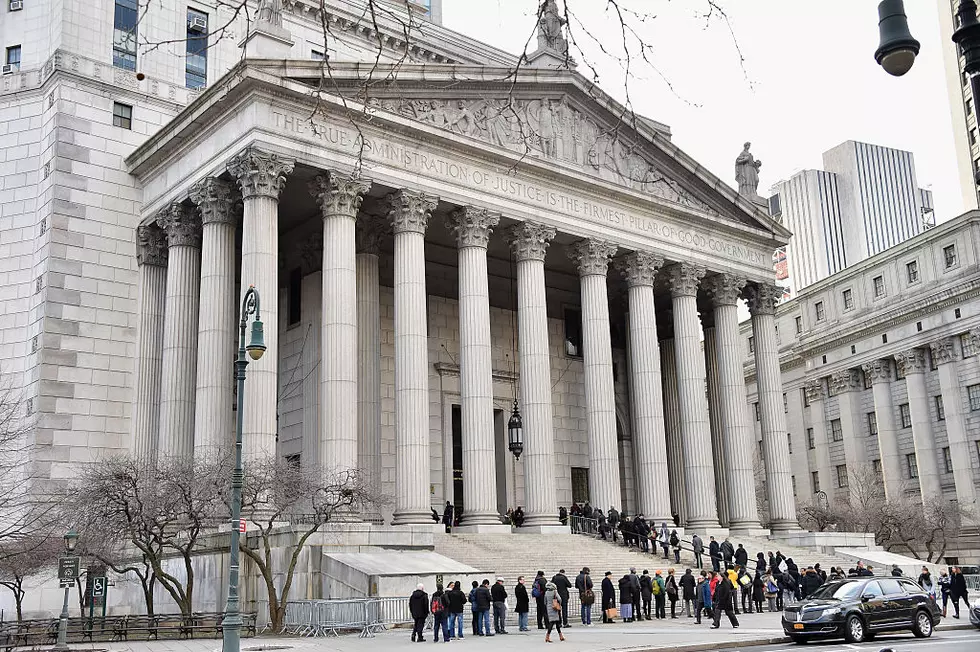
How Bad Is New York’s Student Loan Debt Compared to Other States?
The nation's student loan debt continues to skyrocket. How much do New Yorkers contribute to the problem?
Student loan repayments restart in October, whether borrowers like it or not. And that can spell trouble for the nation's economy.
Currently, student loan debt stands at $1.78 trillion, making it the second highest consumer debt category behind mortgages. Additionally, the Federal Reserve says student loan debt increased by more than 100% over the past decade.
Those numbers stand to skyrocket even higher after October, since interest rates on student loans average between 7 and 8 percent. And, with more than 43 million people on the hook, that could heavily impact the nation's current spending habits.
How do NY borrowers fare?
A new survey from WalletHub looked into how much borrowers from all 50 states and the District of Columbia owe. It also looked into the share of students with past-due loan balances, the state's unemployment rate, as well as earning opportunities.
However, the ages of the borrowers were set between 25 and 34, so the numbers could look a little different if all ages were included.
New York didn't do great in the roundup, but it didn't do too bad either. In all, the Empire State came in 33rd place, meaning it has lower rates of student loan debt than a good chunk of the country.
The state wasn't good or bad in terms of grant and student work opportunities, also. The Empire State came right in the middle of the pack by placing 25th overall.
While this means New York is about average when it comes to its collective student loan debt, the survey found something pretty interesting. Our state has very few home owners between the ages of 25 and 34.
In fact, New York was the third-worst state for home ownership for recent grads. We placed third last.
What economists are saying
The current estimate is that when student loan repayments resume in October, that'll take roughly $73 billion out of the economy. That's directly from Moody's Analytics.
This number has economists wondering where that money is going to be diverted from - whether it be cars, homes, goods, services or entertainment.
Either way, that's a steep blow to an economy that is already crippled by the pandemic, supply chain issues, and high inflation. That has market watchers concerned student loan repayments will be the straw that breaks the camel's back and veer America into a recession.
The main concern they have is Americans are already ponying up more cash for essential things, like energy and food than when the moratorium on student loan payments was enacted. Meaning, borrowers probably used the money they would have used to pay off their loan to keep themselves afloat over the past three years.
Tacking on an additional bill when residents are already paying absurdly high prices for just about everything could potentially spell certain disaster and force taxpayers to make even tougher choices.
Additionally, economists from places like Goldman Sachs and Moody's felt President Joe Biden's student loan forgiveness plan would have made for a softer landing when repayments began. They believe if the Supreme Court had upheld the president's plan, the projected economic impacts would have been halved.
That is now putting pressure on lawmakers to find ways to keep America's economy from flatlining.
And this comes just as Fitch Ratings downgraded the country's debt rating from AAA to AA+ this week, based on growing concerns of America's ability to pay its debt and the sharp political divides that is weakening our government.
Economists are warning this decision could further raise rates on loans and further slow economic growth.
Fitch also signaled it believes the country will soon enter a recession.
As for how our political leaders plan to tackle the mounting student debt crisis, President Biden has introduced the SAVE, or Saving on a Valuable Education, plan. It's intended to lower monthly loan payments and reduce the amount of money borrowers pay over their lifetime.
The website is now live and borrowers can check out their options.
Republicans have also put forth their own proposals to combat the issue.
Republican lawmakers introduced the Federal Assistance to Initiate Repayment (FAIR) Act last month. Conservatives agree the student loan crisis is getting out of hand and say the government is treating borrowers "as an unlimited piggy bank."
As for whether or not those with student loan debt will see immediate relief - that is a hard no. The door has been opened for future negotiations, but at the moment, it doesn't seem a solution will magically appear before repayments begin in October.
Jeffrey J. Williams, Professor of English and of Literary and Cultural Studies of Carnegie Mellon University, told WalletHub that something needs to be done very soon.
It has been clear for at least two decades that it has impeded two generations and counting, causing them to put off getting married, having families, buying houses, etc. It compounds the other expenses they have.
That said, low birth rates are also alarming economists and lawmakers, because the younger generations aren't producing enough children to replace and support the older population.
Food for thought
I am among the 43 million borrowers struggling with student loan debt. I took out roughly $120,000 in loans to pay for my Master and have been throwing an absurd amount of money at my loans ever since.
My interest rates, which are fixed, are at 7 and 8 percent. After a decade of paying on time, I whittled my principal down to $90,000.
However, I now owe more than $137,000 thanks to my interest rates, which has me thinking I will never be able to pay off my loans.
My suggestion to our political leaders would be to slash the interest rates to 0 and have students just pay back what they owe. And maybe credit what they paid in interest to their principal.
Another suggestion would be to investigate why it costs so darn much to get a college degree nowadays and try to put a cap on tuition costs.
What do you think should be done about the student loan crisis? Also, I'm open to any advice on how I can start hacking away at my debt.

These Are New York's 14 Most Expensive Colleges For 2022-2023
More From WIBX 950









